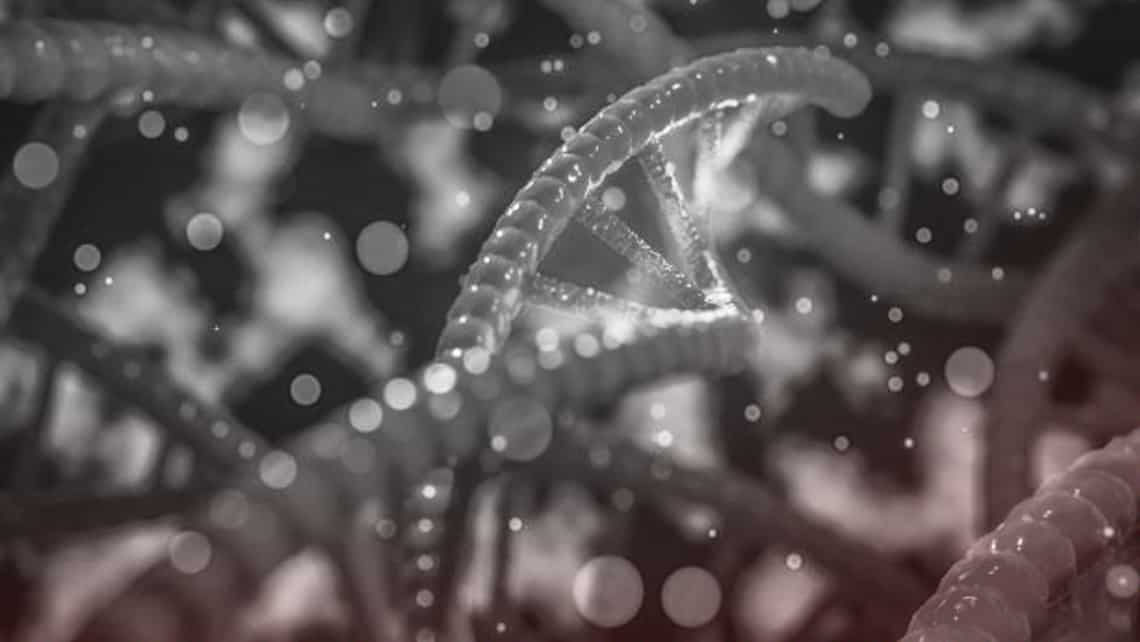
Cystic Fibrosis and fertility
Cystic fibrosis is a chronic and progressive disease that appears in early childhood and affects many organs in the body, (such as the lungs, intestines, pancreas, liver…). The disease causes thick mucus production, which leads to blockages and infections.
Cystic fibrosis is one of the most common genetic diseases among Caucasians. Approximately one in every 20-25 people is a healthy carrier.
The gene responsible for cystic fibrosis is located in the chromosome 7 and encodes a protein (CFTR) that regulates the passage of ions through the cell membrane, a function that is altered when there is a mutation in the gene.
Cystic fibrosis is a recessive inherited disease. Each person has two copies of the gene, one from each of our parents. If a person has just one mutated copy of this gene, he/she is considered to be a carrier of the disease (however unaffected). Both copies of the gene must be mutated in order to be affected by the disease.
Cystic fibrosis diagnosis
If a patient has a family history or symptoms suggestive of the disease, a sweat test or genetic study should be conducted to rule out cystic fibrosis:
- The sweat test determines the concentration of chlorine in sweat, which is abnormally high in people with cystic fibrosis.
- We analyse all gene’s coding regions in the genetic study, this is, the ones containing the information to synthesise the CFTR protein. Changes (mutations) in this zone may change the protein’s composition and inactivate it. Due to the disease high incidence, we have included the CFTR genetic study in our CGT panel. If both members of the couple have the CGT (genetic compability test) done, the cystic fibrosis transmission risk would be almost none.
The genetic study can also be carried out on foetuses through an amniocentesis or chorionic villus sampling.
Fertility in patients with cystic fibrosis
Men with cystic fibrosis may have fertility problems. A significant percentage of these men are considered azoospermic, meaning they do not have sperm in their semen because they lack the tubes called vas deferens, through which the sperm passes before being expelled in the ejaculation. This sperm can be retrieved by testicular aspiration to then be used in the fertilisation of his partner’s eggs through the technique called ICSI, which consists of microinjecting the sperm.
When people with cystic fibrosis decide to have children, they should be tested by their doctor or geneticist. The specialist will recommend expanding the genetic study to the couple and if the diagnosis is positive, the couple will be offered two options: either prenatal or preimplantation genetic diagnosis.
Preimplantation Genetic Diagnosis (PGD) is an assisted reproduction technique that allows us to select the healthy embryos for cystic fibrosis. These embryos can then be transferred to the maternal womb, allowing for the birth of children free of the disease.
Dr. José A. Ortiz, biochemist of Instituto Bernabeu
MORE RELATED INFORMATION:
